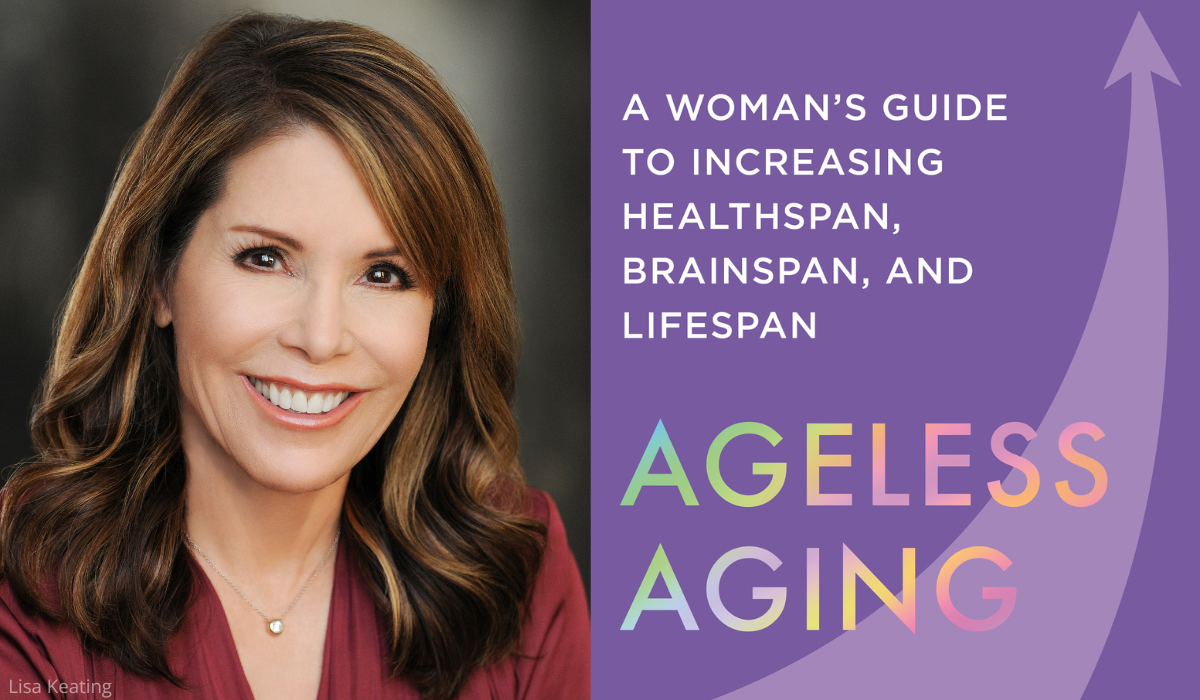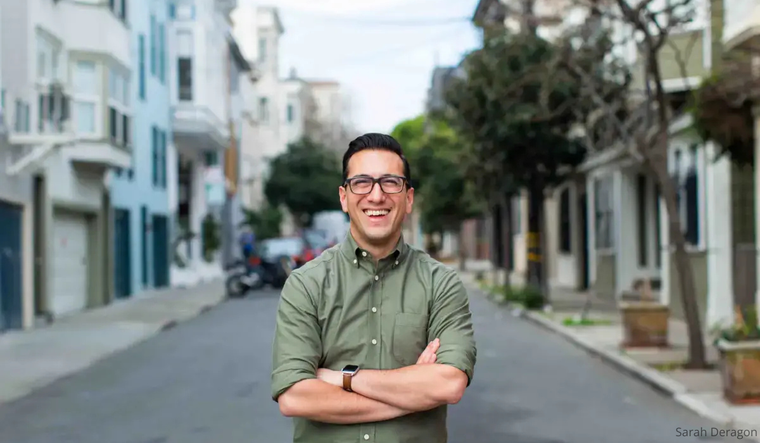Aging With Vitality and Purpose Is Easier Than You Think. Here Are 9 Reasons to Get Stronger With Every Birthday
We used to think that how we aged was already encoded in our genes, fostering a convenient “this is out of my hands” attitude. That myth was busted in 1998 when Dr. John Rowe and Robert Kahn published Successful Aging, introducing the landmark findings of the MacArthur Foundation Study of Aging in America. This study turned the 70/30 rule on its head and suggested that if there’s a silver bullet to turning back the hands of time, it’s regular exercise. Two words: regular and exercise.
Today, we’re hearing more and more stories of women in their 40s, 50s, 60s, 70s, and older transforming their health and their lives through fitness. It is absolutely possible to be in the best shape of your life at 50, 60, 70, or beyond. No matter what your relationship to movement has been in the past—whether you’ve embraced it, or avoided it, or somewhere in between—moving your body needs to be part of your ageless aging plan.
Movement offers a mind-boggling array of benefits to your body, mind, and relationships. Just as important, when you start to move your body more, you trigger a cascade of positive side effects. You sleep better because you’ve expended more energy during the day. You feel less stressed and anxious because exercise clears your head. You begin to feel more empowered as your body builds strength and endurance, and you can climb stairs or hills without getting out of breath.
Nearly all longevity experts now agree that regular movement is one of the most effective geroprotective strategies. Why? The human body is designed to move. Our ancestors spent 10-15 hours a day involved in vigorous activities as a matter of survival. We have evolved (or should I say devolved) from active hunters and gatherers into sedentary couch potatoes. Today, most of us sit for hours behind computer screens or in front of the TV.
If you’ve ever had a cast on an arm or a leg, you’ve seen how that limb has lost much of its strength and mobility when the cast is removed. That’s because your muscles have atrophied, and your circulation is diminished. The same thing happens if you don’t move your body—it will atrophy and cease to function optimally. Movement helps you avoid the deterioration associated with aging, such as joint pain, limited mobility, and loss of flexibility. And the benefits don’t end there. Let’s explore the list of all the wonderful things regular movement can do:
Lowers biological age. Dr. Kara Fitzgerald calls movement “an anti-aging elixir that spins the biological clock in reverse.” A single exercise session has been shown to trigger beneficial changes to your genetic expression—turning bad genes off and turning good genes up.
Reduces risk of cancer. The International Agency for Research on Cancer (IARC) posits that 25 percent of all cancers are the result of the health cascades associated with being sedentary. Getting regular movement has been clearly linked to significantly reduced risks of 13 different types of cancers, including lung, colon, and breast cancer.
Lowers risk of stroke. A 2022 study that followed the daily movements of over 6,700 adults 45+ and published by the Journal of the American Medical Association found that every hour per week you spend doing light activity—like cleaning house or preparing food—creates a 14 percent reduction in stroke risk. And spending at least 175 minutes per week (that’s just shy of three hours per week) in moderate-to-vigorous activity, such as playing tennis (doubles or singles), walking vigorously, climbing stairs, swimming, or gardening, is associated with a 43 percent reduced risk of stroke.
Reduces risk of type 2 diabetes. A 2016 meta-analysis of 28 studies (with a total pool of over 1.2 million participants) evaluated the effectiveness of physical activity at lowering the risk of developing type 2 diabetes. Spending more hours in motion at a higher intensity was accompanied by a 56 percent reduction in risk compared to people who were inactive.
Reduces risk of premature death from heart disease. Researchers from Harvard’s School of Public Health analyzed data collected over 30 years and found that people who exercised 150 minutes a week at a moderate intensity (walking, weight lifting) had a 25 percent lower risk of dying from cardiovascular disease, while those who worked out 75 minutes a week at a more vigorous intensity (jogging, cycling, or swimming) saw a reduction of risk of 31 percent.
Reduces risk of osteoporosis. Exercise also strengthens your bones and prevents falls—a double whammy of benefits. On the flip side, the less you move the more likely you are to lose bone density, which makes you more vulnerable to breaking a bone if you fall. Bones respond to load and impact, so the less weight bearing your bones have to do—and the less impact they receive—the fewer cues they get to grow stronger.
Reverses and prevents sarcopenia. Since muscle is a lot about “use it or lose it,” we often lose it as we live longer, because we tend to move less as we get older. Sure, aging itself contributes to loss of muscle mass, but regular exercise helps you maintain and even grow muscle mass.
Boosts mood. Movement balances your neurotransmitters, lessens the experience of depression and anxiety, and produces natural painkilling molecules such as endorphins.
Improves cognitive function. Physical movement boosts the function of your entire body, including your brain. Exercise can increase the size of the hippocampus—the brain region associated with memory that tends to shrink in people with dementia. Specifically, regular movement can lower your risk of developing dementia by 30 percent and developing Alzheimer’s by 45 percent.
We are beginning to understand that a major player in the cognitive benefit of exercise is brain-derived neurotrophic factor (BDNF)—a chemical messenger that cues the brain to form new neurons, lay down new memories and access old memories, learn, access higher-thinking functions, and alleviate depression and anxiety. It’s magical stuff—and you just have to move your body to get a dose of it.
Regular movement is also what’s known as hormesis, or a beneficial stressor. That’s because it challenges the body and forces it to adapt, grow stronger, and become more resilient. It does so by triggering cellular repair processes that, once turned on, continue the rebuilding process beyond the starting point. In addition, physical activity also helps you enjoy higher energy levels, aids digestion, improves liver health, is associated with a rise in high-density lipoprotein (AKA the good kind of cholesterol), and even, according to Harvard Medical School, can make your sex life better. Clearly, it’s time to get moving. Or, if you already exercise regularly, add in some different types of movement.
There’s often a subconscious expectation that as we get older, we’re supposed to be able to do less. Katy Bowman reminds us, “You don’t have an old body. You do have an accumulation of old habits that prevent you from moving,” It’s common to have fears of pushing yourself physically, but as Bowman says, “Habits can be changed, and your body will respond to a more movement-rich diet.”

Maddy Dychtwald is an internationally acclaimed author, public speaker, and thought leader on longevity, aging, the new retirement, and the ascent of women. She co-founded Age Wave, the world's leader in understanding and addressing the far-reaching impacts of our aging population, and has led numerous acclaimed studies on women and money.
Please note that we may receive affiliate commissions from the sales of linked products.



